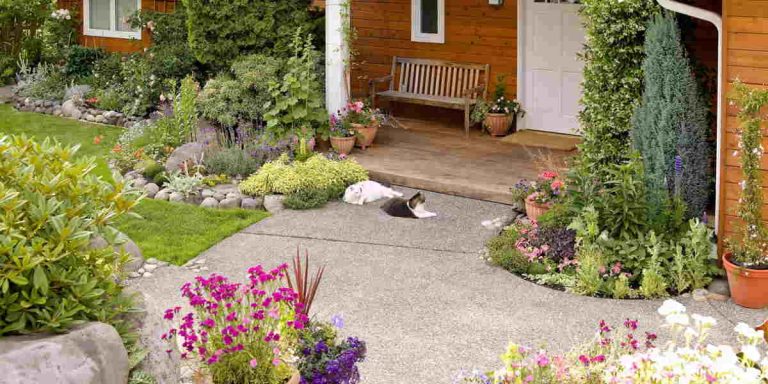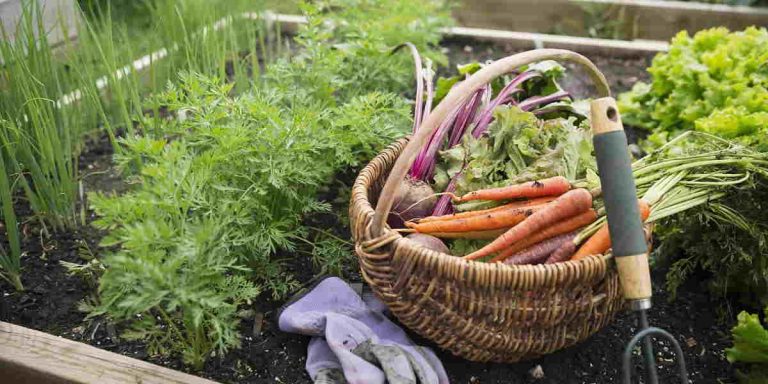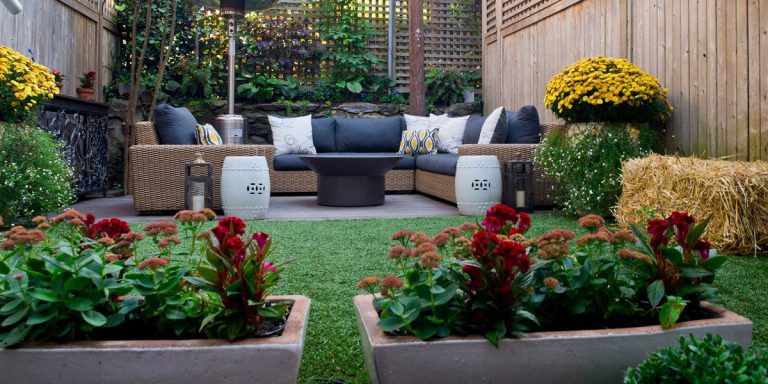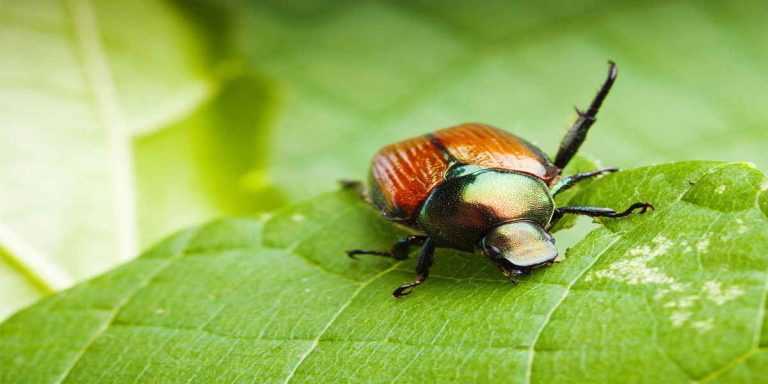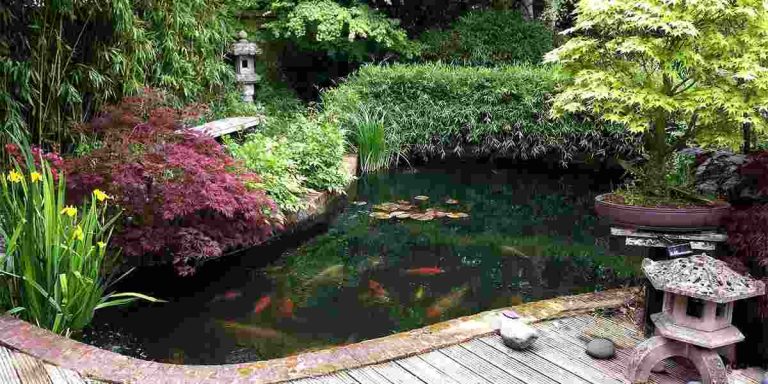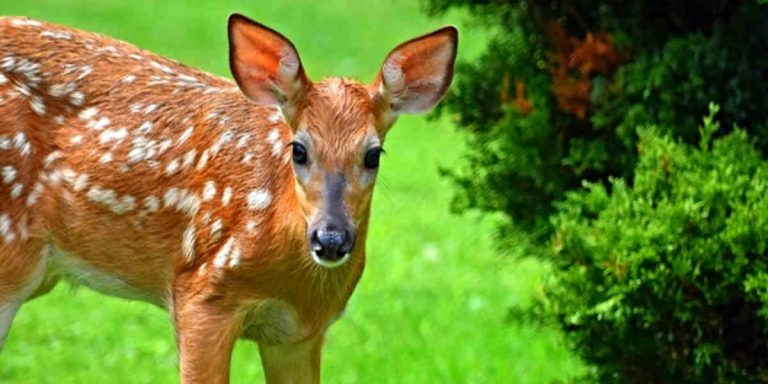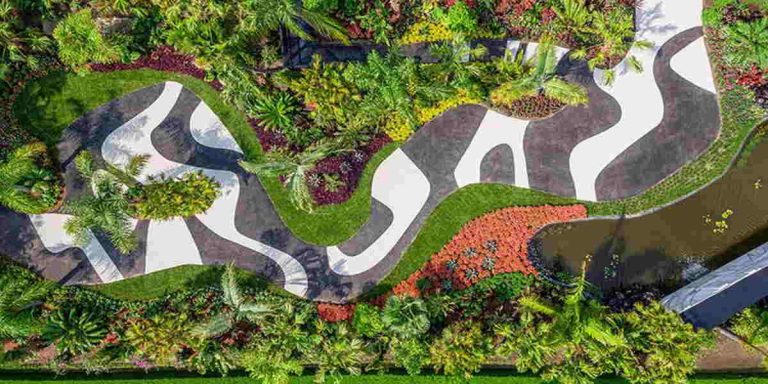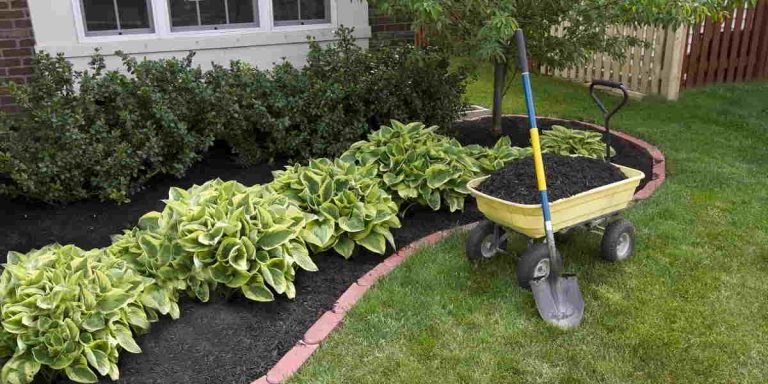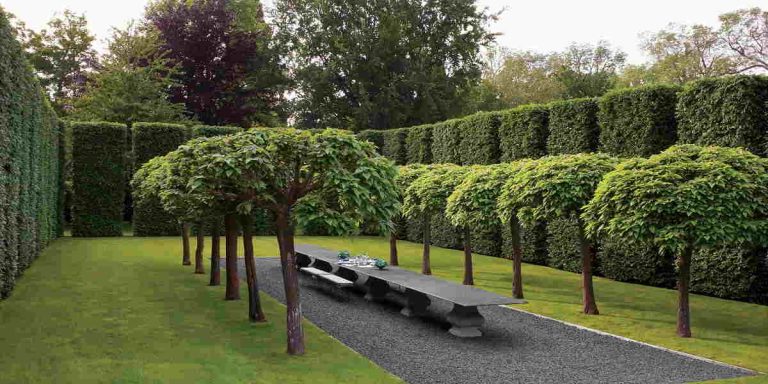When you start looking at different landscape design ideas, you may soon realise that many of them are targeted towards homeowners with large, sprawling sections. While it’s true that you can do a lot more with a much larger area, that doesn’t mean you are greatly limited with a smaller section.
If you’re struggling to come up with ways to transform your small outdoor area with landscaping, Principal Landscapes has provided the following ideas that may put you on the path to success:
Create Sections
It might seem counterintuitive to create divided areas in what is already a small space, but you may be surprised at how this landscape design idea can actually make your yard appear bigger. Create an area for gardens, one for relaxing, and perhaps one for socializing.
They don’t have to be large spaces, which is likely to be the case if your property is only small, but they can add some definition while preventing your small area from appearing cluttered and disorganized.
Get Clever With Perspectives
You can’t change how large your yard is, but you can change how people perceive it with one clever addition: long, straight lines.
If you slant long lines of something like flowers or a pathway from the start of your yard to the end of it, you can add the perception of length. This can make your yard appear much larger overall than it actually is.

